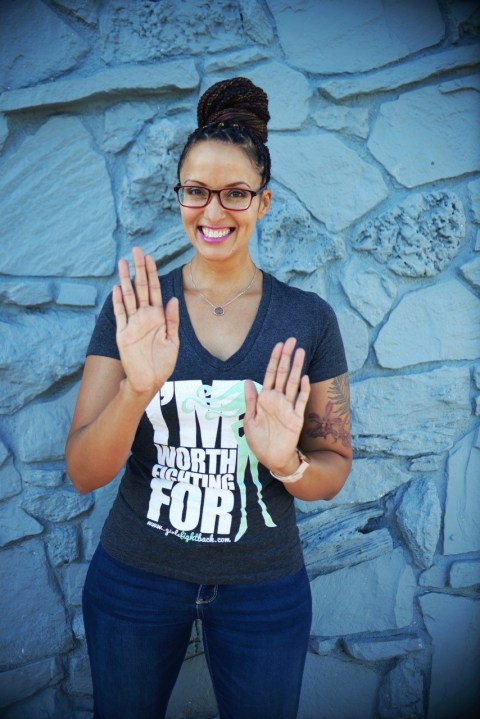Girls Fight Back: Lessons for staying safe on campus

Girls Fight Back CEO Nicole Snell. Photographer Jeff Lagrone, photo provided courtesy of Nicole Snell.
(NewsNation) — Students nationwide returning to campus for the new semester have the details of the death of four college students at the University of Idaho, and many are anxious about their personal safety.
For the past two decades, the company Girls Fight Back has been working to educate young women and others about self-defense when they find themselves in a potentially dangerous situation.
The organization was founded after the 2001 murder of a college student named Shannon McNamara. Her sorority sister, Erin Weed, dedicated herself to teaching young women self-defense and violence prevention.
In an interview with NewsNation, Girls Fight Back CEO Nicole Snell offered practical advice about how students can defend themselves on campus and elsewhere.
The interview has been edited and paraphrased for length and clarity.
NewsNation: What can students who feel anxious about their personal safety do to protect themselves?
Snell: If students or anyone are able to take an empowerment-based self-defense class, it is an excellent option for helping to develop your confidence. Situational awareness is really important. Noticing what’s going on around you — if you hear a noise behind you, if you’re walking, turn around and look. Trusting your intuition, that’s going to be key. If something feels off, it is. You do not owe anybody niceness. We do not owe anybody consideration if we’re feeling uncomfortable in a situation.
NewsNation: One of the particular threats that some people — particularly young women — face is the threat of a stalker. In a situation where you may be dealing with a stalker, what are some of the practical steps you can take for your personal safety?
Snell: Most violence committed against women is committed by people we know. It’s less likely to be that stranger and more likely to be somebody in our orbit — a friend, a family member, an acquaintance, a partner. If you know that someone is stalking you, block them and cease all communication. Let people in your orbit know not to give information to this person. Take pictures and screenshots and document any attempts at communication that the stalker is doing and have that for your records because if things escalate.
NewsNation: In terms of physical responses to a potential threat in your personal boundaries, what are some ways people can respond if it comes to that?
Snell: It starts by making yourself seem like you’re not a valuable target. Place your hands in front of your face, palms facing out, fingers open — competent body language, shoulders back, head up, one foot back so you’re nice and stable and sometimes just that body language alone can send someone walking in another direction. Every single time I have put my hands up to the ready stance, the person has backed off or stopped their approach or turned around and walked away because it’s very clear what my message is. I call it the power stance because I’m all about empowerment.

NewsNation: If the threat continues, what else can you do?
Snell: You can follow that up with your voice. Your voice is actually the first weapon that you can use to defend yourself. You can say things like “No,” “Stop,” “Leave me alone,” “I want you to go away” very assertively.
NewsNation: If the threat escalates to a point where you need to physically defend yourself, what is the best approach?
Snell: The first thing I teach is the heel palm which is the bottom part of your hand, underneath your thumb and above your wrist. And it’s just a simple motion underneath and up, just straight underneath and up and you’re aiming for anywhere in the face under the chin into the nose.
NewsNation: Is there anything to avoid?
Snell: If you put your keys between your fingers the only way you’re going to be able to use that is if the person is already close to you and part of self defense is keeping that person away from you.
If you do get close enough and you have your keys between your fingers the move is likely to be a punch and punching is more likely to break your hands.









